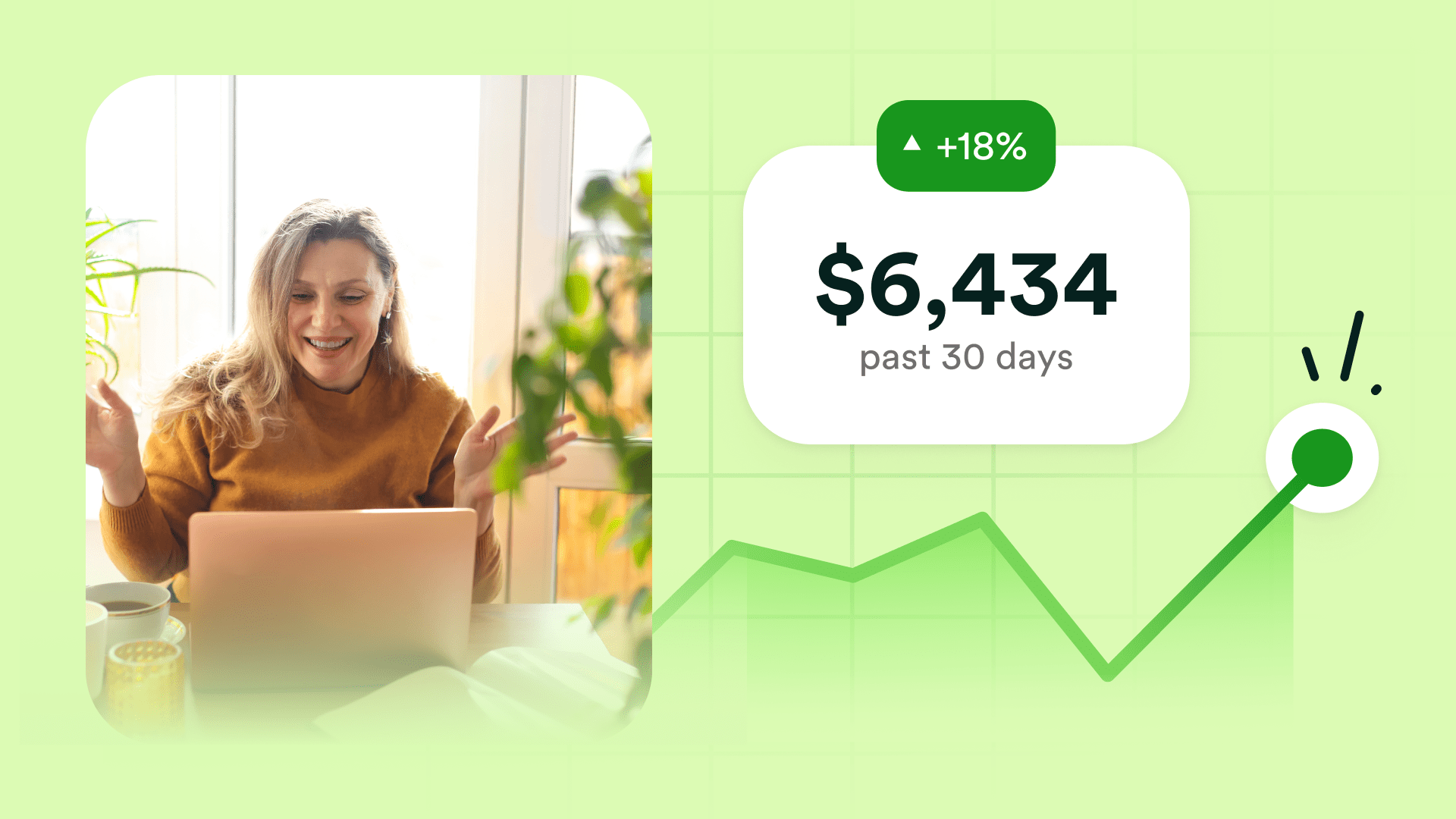Understanding Sales Funnels for Online Courses
 Nathan Schenker
Nathan Schenker
Oct 10, 2025

A strong course is not enough to grow your business. People need a clear path that takes them from discovering you to deciding to learn from you. That path is your sales funnel.
A sales funnel is not about pushing harder. However, it is about building trust and guiding potential students step by step toward a confident decision. When it works well, your marketing feels natural, your message stays focused, and your enrollments become consistent.
In this article, you will learn what a sales funnel does, how to build one that fits your course, and how to keep improving it over time.
What Is a Sales Funnel and Why It Matters for Courses
A sales funnel is the journey a potential student takes from discovering you to enrolling in your course.
For online educators, this journey is not about pushing someone to buy immediately. It is about helping them believe they can achieve results with your help.
A great funnel answers questions like these:
- Who is this course for?
- Why should I trust this teacher?
- What will change for me if I join?
Unlike a one-time promotion, a funnel works continuously. It builds trust, nurtures interest, and helps people make the right decision. When you create a thoughtful funnel, you stop guessing about what might convince someone to buy and start leading them with clarity and care.

The Core Stages of a Course Sales Funnel
Every funnel follows a similar path, but how you approach each stage will determine how natural the process feels for potential students.
1. Attract
This is where people first discover you. It might happen through a YouTube video, a blog post, or a free resource. The goal is not to sell but to draw in the right audience with content that is genuinely useful and relevant.
2. Engage
Once someone is interested, you want to keep the connection going. This could be through a free mini-course, a live workshop, or an email series that offers more value. This stage helps people get to know your teaching style and see your expertise in action.
3. Convert
At this point, your offer takes center stage. A clear sales page, real success stories, and strong proof of results help potential students see that your course is the right next step. You are not forcing a sale. You are offering a solution that aligns with what they already want.
4. Delight
Your funnel does not end when someone buys. What happens after enrollment shapes the entire experience. A smooth onboarding process, early wins, and ongoing communication turn new students into long-term fans who are more likely to stay engaged and share their success.
How to Build a Funnel Step by Step
Building a funnel does not have to be complicated. Start with a simple version and improve it over time.
1. Identify Your Ideal Learner
Know exactly who your course is for. What are they trying to accomplish? What challenges keep them stuck? The more specific you are, the more clearly your message will resonate.
2. Map the Journey
Think about what someone needs to see or understand before they are ready to buy. Do they need examples of your process? Do they need reassurance that your approach works? Each stage of your funnel should meet them where they are.
3. Create a Helpful Free Resource
Give people a reason to enter your world. Offer a short guide, checklist, or training that helps them achieve a small but meaningful result. This builds trust and shows that your content delivers value.
4. Write an Email Sequence
After someone signs up, send a short series of helpful messages. Teach something useful, share a personal story, and explain how your course connects to what they already care about. Keep it natural and conversational.
5. Launch and Refine
Put your funnel into action and see what happens. Track your results and make small adjustments as you learn. Funnels improve fastest when they are active, not perfect.

Tools and Techniques to Optimize Your Funnel
You do not need expensive software to get started. The best tools are the ones that make it easy to automate and track what matters.
Email and Automation
Platforms like ConvertKit or MailerLite let you create automated email sequences that nurture leads while you focus on teaching. Use them to deliver your free resource, share stories, and guide people toward your course.
Landing and Sales Pages
Keep your pages clear and simple. Focus on the transformation your course provides instead of listing every feature. Use real examples and testimonials to show what students can expect to achieve.
Tracking and Analytics
Numbers reveal how your funnel is performing. Look at email open rates, click rates, and conversion rates. These insights help you understand what is working and where people lose interest.
Upsells and Next Steps
Once students finish your course, think about what comes next. You might offer an advanced program, a membership, or one-on-one coaching. A strong funnel builds long-term relationships, not one-time sales.
Common Funnel Mistakes and How to Fix Them
Even experienced creators run into challenges when building funnels. Here are a few common mistakes and how to avoid them.
Mistake 1: Making It Too Complicated
If your funnel has too many steps, emails, or choices, it can confuse potential students. Simplify it so each step leads naturally to the next.
Mistake 2: Talking Too Much About the Course
Focus on the outcome, not the outline. People care more about what they will gain than about how many lessons you offer. Describe the transformation, not the technical details.
Mistake 3: Forgetting About Students After the Sale
A funnel that ends after checkout misses a major opportunity. Create an onboarding experience that helps students feel confident and supported right away.
Mistake 4: Ignoring the Data
Without data, you are guessing. Measure how your funnel performs and let the numbers guide your improvements.
Measuring and Improving Your Funnel
A sales funnel is not something you set and forget. It is a living part of your business that grows with your experience.
Ask yourself these questions regularly:
- Where do most people stop engaging?
- Which emails or pages perform best?
- Do students who come through this funnel complete and enjoy the course?
Make one improvement at a time. Adjust your subject lines, shorten a form, or clarify your messaging. Small consistent changes create lasting growth.
Also pay attention to feedback from your students. Their input helps you refine both your funnel and your course message so everything stays aligned with their needs.
Final Thoughts
A strong sales funnel is not about selling harder. It is about guiding the right people toward the results they want. It helps your course reach the audience it was designed for and gives them confidence in your process.
Start small. Build one funnel that feels natural and authentic. Watch how people move through it, learn from the results, and improve over time.
When your funnel reflects your teaching style and your values, people will not feel sold to. They will feel supported. That is how interest turns into enrollment and enrollment turns into lasting success.
Frequently Asked Questions About Sales Funnels
How long does it take to build a sales funnel?
You can create a basic funnel in about a week. Start with one free resource, a few emails, and a clear sales page. Then improve from there.
Do I need special tools?
No. You can start with what you already have, such as your email platform and website. As you grow, you can add automation or tracking tools.
What is the difference between a funnel and a launch?
A launch is a single event that happens over a short period of time. A funnel is a system that works continuously and brings in students at their own pace.
How many funnels should I have?
Start with one for your main course. Once it is running smoothly, you can create more for other offers or audiences.
Can I automate the whole process?
You can automate tasks, but not relationships. Keep your tone personal. Share stories, show up live sometimes, and remind your audience that there is a real person behind your brand.



